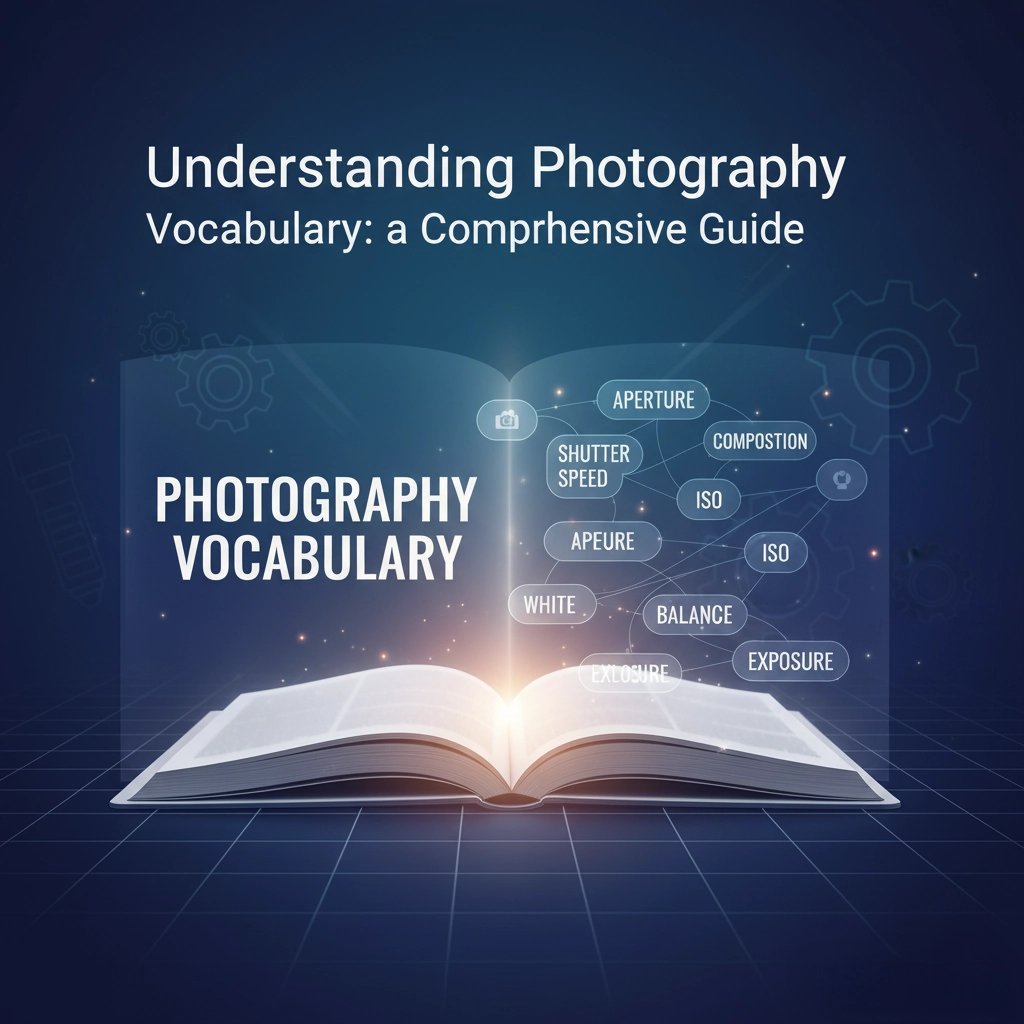Exploring the Mysteries of Shipwreck Photography
There is an undeniable allure to abandoned boats and shipwreck photography and the worlds most spectacular shipwrecks – weathered and worn by the passage of time, they stand as silent witnesses to a bygone era. Scotland, with its rich maritime heritage, has become my playground for famous Scottish shipwrecks for photographers and for uncovering these hidden abandoned boats and their treasures. Here, I showcase my Boat Wrecks and shipwreck photography techniques from a recent trip to Scotland and share these Images I discovered through photographing these forgotten vessels.
Table of Contents
ToggleLoch Ness Half Sunken Old Boat Wreck – Shipwreck Photography
Loch Ness, a place known for its mysterious depths and the legendary creature said to inhabit its waters, is a landscape steeped in intrigue. During my trip along the shores of this renowned Scottish loch, I stumbled upon a remarkable sight—a half-sunken old boat, seemingly frozen in time.
As I wandered along the shores of Loch Ness, camera in hand, I wasn’t expecting to stumble upon such a mesmerising sight. Amidst the pebbles and the gentle lapping of the water, there it was—an old boat, partially submerged, as if reluctant to let go of the loch’s secrets. It was the first opportunity to photograph old abandoned boats, opportunity too good to pass up.
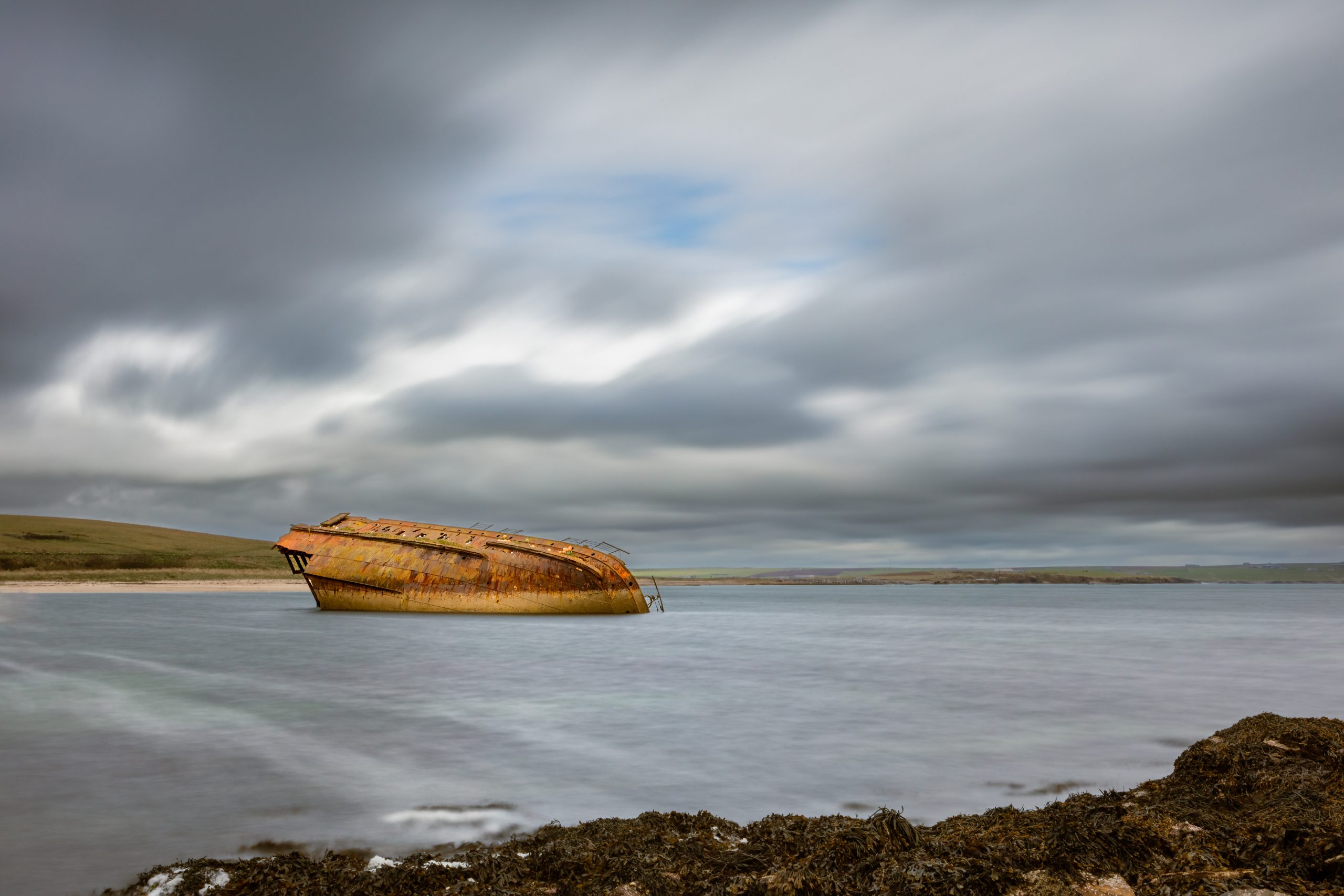
The scene was incredibly atmospheric. The muted colors of the weathered wood and rusted metal added to the sense of time’s passage, while the surrounding landscape provided a stunning backdrop. The Loch Ness shoreline, with its lush greenery and imposing mountains, set the stage for a photograph that would capture the essence of this enigmatic place.
As a photographer, seizing the right moment is paramount. With the boat’s placement and the lighting conditions aligning perfectly, I knew I had to act swiftly. I adjusted my camera settings to capture the mood, ensuring the composition emphasised the boat’s half-sunken state, every detail mattered in conveying the boat’s story.
I zoomed in on the intricate patterns of weathering and decay, capturing the peeling paint, the worn-out ropes, and the texture of the wood, each element a testament to the passage of time. These details added depth and character to the photograph, inviting viewers to step into a narrative woven by the loch and the boat’s history.
This half-sunken old boat was more than just a photographic subject—it held a symbolic significance. It represented the hidden tales and untold mysteries that lie beneath the surface of Loch Ness. It reminded me that beauty can be found not only in pristine landscapes but also in the remnants of the past.
The Haunting Beauty of the Corpach Shipwreck: Exploring the Old Boat of Caol
One of Fort William’s best-kept secrets is the Corpach Shipwreck. An old fishing boat that has washed up on the shore where Loch Linnhe meets Loch Eil. In the small village of Corpach, Scotland, a haunting sight awaits those who venture along its shores. In this blog entry, I will share the story behind this mesmerising wreck and my experience capturing its essence through two distinct photographs. Join me as we delve into the enigmatic allure of the Old Boat of Caol.
The Corpach Shipwreck is a testament to the power of nature and the passage of time. The decaying remnants of this old boat, perched on the shoreline, evoke a sense of mystery and evoke questions about its history and the events that led to its final resting place.
A Monochrome Symphony – In this photograph, I chose to capture the Corpach Shipwreck in black and white, enhancing the atmospheric quality of the scene. The absence of colour allows the texture and intricate details of the decaying wood and rusted metal to come to the forefront, evoking a sense of nostalgia and emphasising the boat’s weathered beauty. The contrast between light and shadow adds depth, while the monochrome palette lends a timeless quality to the image, as if it were plucked from a bygone era.
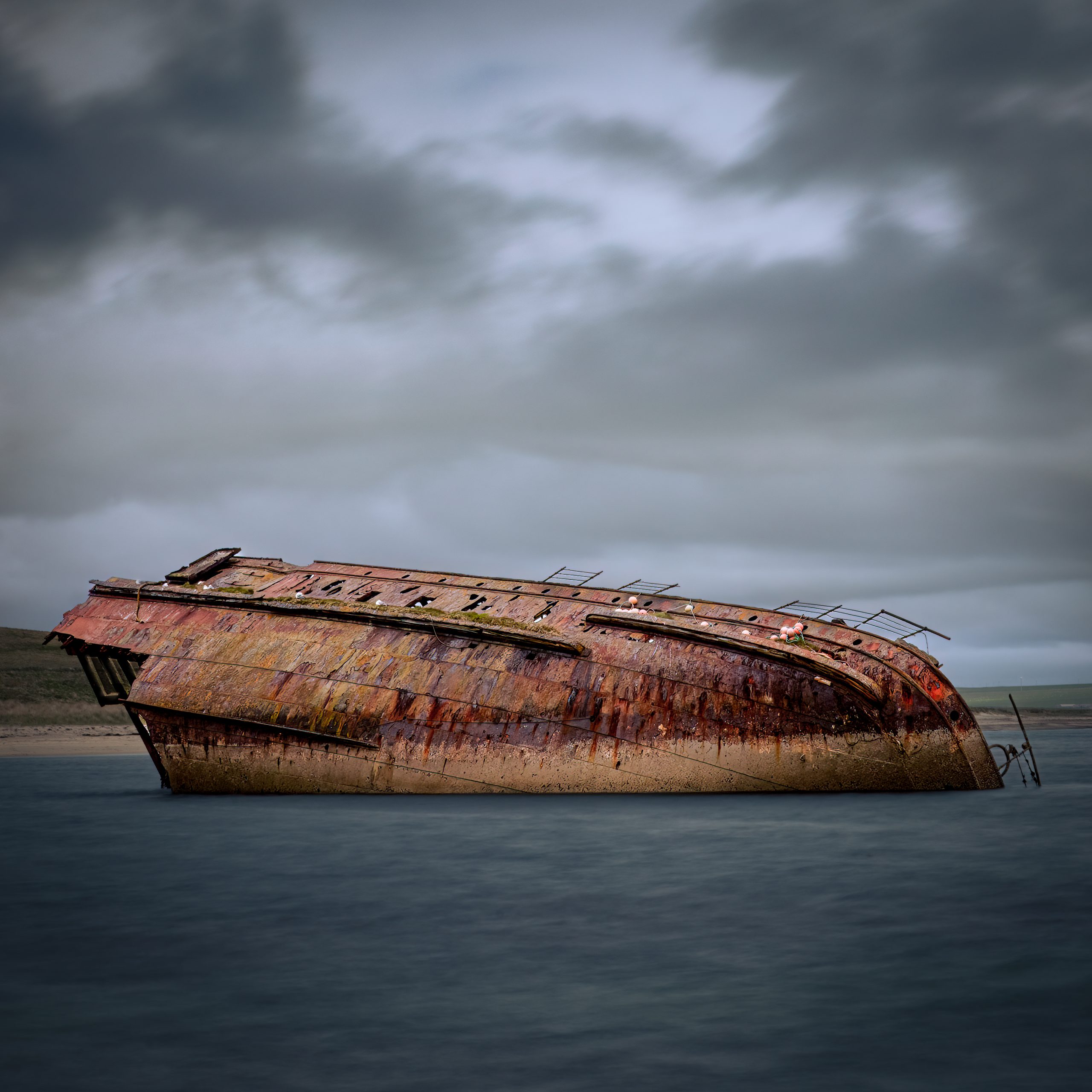
A Vivid Tapestry of Decay
The second photograph takes a different approach, embracing the vibrant colours and contrasting elements surrounding the Corpach Shipwreck. The rusted reds, mossy greens, and worn-out blues intermingle to create a captivating tapestry of decay. The surrounding landscape, with its rugged mountains provide a dramatic backdrop, heightening the sense of desolation and melancholy. This image serves as a reminder that beauty can emerge even from the most unexpected places.
Visiting the Old Boat of Caol
When planning a visit to the Corpach Shipwreck, it is crucial to approach with respect and caution. The boat is situated in a remote and potentially hazardous area, and proper safety measures should be taken. As you explore the shoreline, be mindful of the uneven terrain and unstable remnants of the wreck.
To fully immerse yourself in the experience, I recommend visiting during the golden hours of dawn or dusk, when the soft, warm light bathes the scene, adding a touch of magic and enhancing the textures and colors. Consider different angles and perspectives to capture the boat’s intricate details and its relationship with the surrounding landscape.
2 Extra Old Abandoned Boats
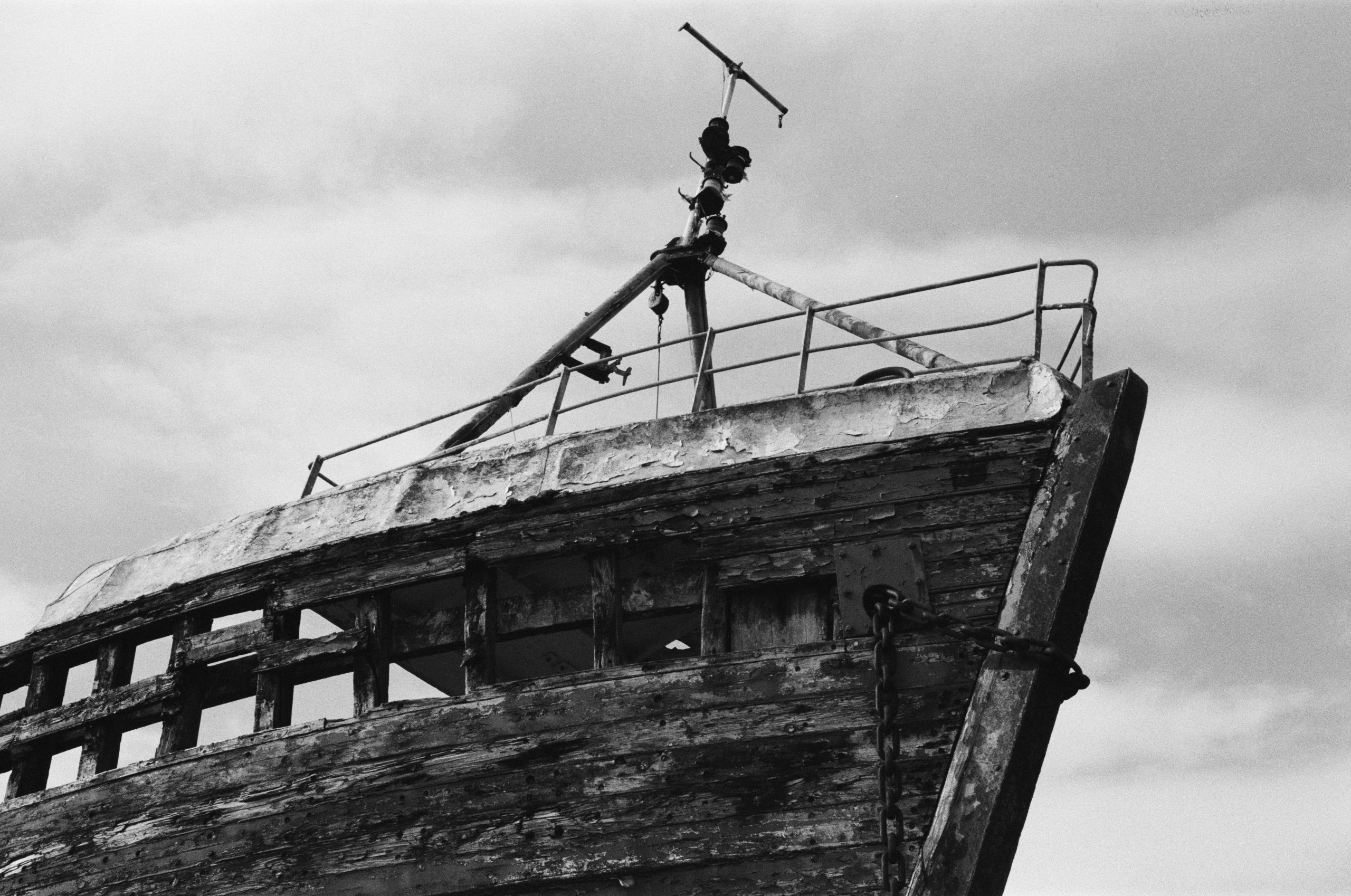
Like what you read? Fuel my next post with a coffee – hit that PayPal button and keep the caffeine flowing!
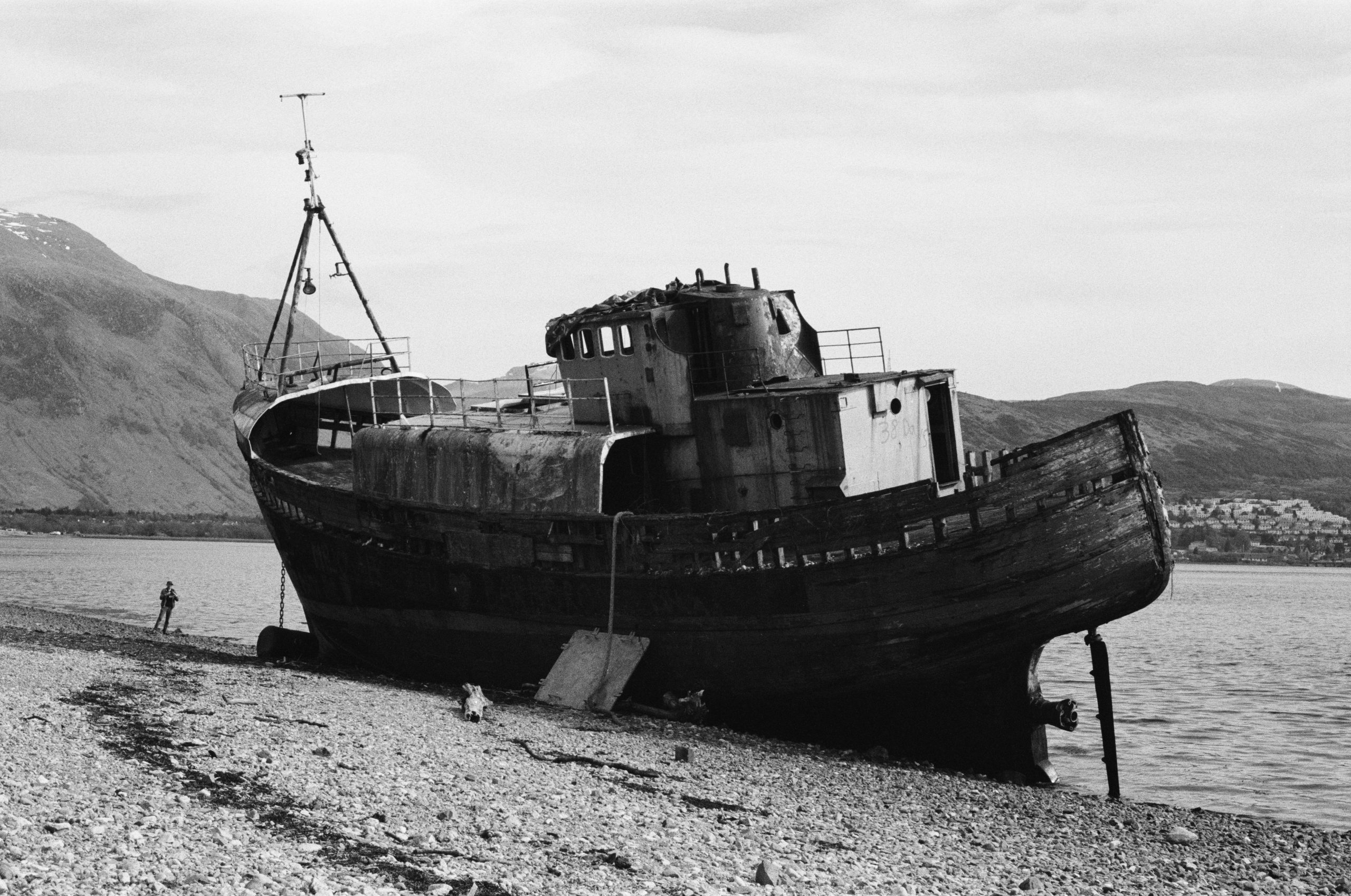
[wpedon id=77]
Stephen Paul Young
I’m Steve (Stephen Paul Young), a landscape, digital and film photographer with a deep love for capturing the beauty of nature, light, and atmosphere. Whether I’m out at dawn chasing the perfect sunrise, exploring woodland trails, or experimenting with black-and-white film, photography is my way of seeing the world. I’m drawn to the small details and the big vistas alike, always looking for that moment where light, texture, and emotion come together. For me, photography isn’t just about taking pictures—it’s about storytelling, connection, and the joy of being present in the landscape.
You May Also Like

Early Autumn Wildlife Photography in North Hampshire
25 October 2024
Telephoto Photography: Discover 6 Tips
31 March 2025
